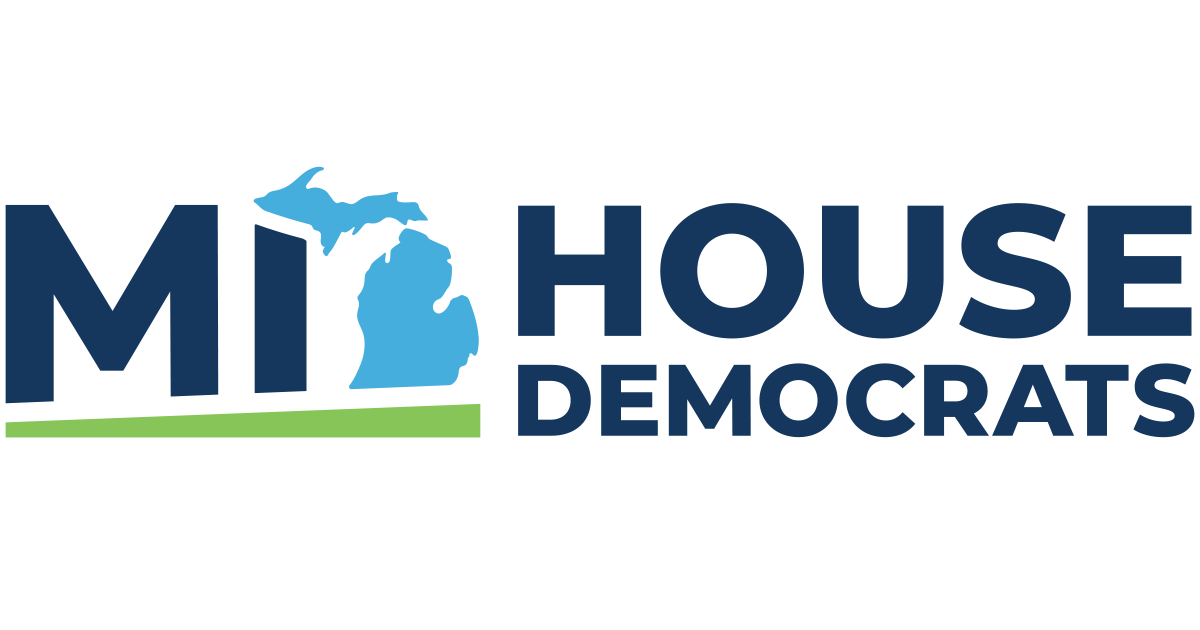LANSING, Mich., May 15, 2020 – I join with our Congressional delegation in calling for a state and local government relief plan that allows states to fund their critical priorities.
On Friday, May 15, in preparation for drafting our state’s budget, the House and Senate Fiscal Agencies presented their revenue projections for the state budget during the annual Consensus Revenue Estimating Conference (CREC). This is an bi-annual, non-partisan conference that goes over projections for our state’s economic outlook, economic health and revenue for our state budget.
The COVID-19 pandemic has put enormous strain on our state’s economy, state revenue sources and citizens. Our current fiscal year ends in August, and the $3.2 billion in lost revenue translates to a $1.3 billion loss to our School Aid Fund and a $1.9 billion loss to our General Budget Fund.
This strain was shown during the CREC when state budget and fiscal officials lowered projected state revenue by $6.2 billion over the next 18 months. This means that in this fiscal year, our state budget is expected to have a $3.2 billion shortfall and face another $3 billion loss later on because of the COVID-19 pandemic.
Here are some of the numbers:
- Michigan’s sales tax collections are projected to fall from $8.25 billion in 2019 to $7.5 billion for 2020 and then slightly recover to $7.9 billion in 2021.
- Business tax collections are projected to fall from $770 million in 2019 to about $300 million in 2020 and 2021.
- Michigan’s 4.25 percent income tax collections are projected to fall from $10.43 billion in 2019 to about $9.4 billion for 2020 and $9.5 billion in 2021.
Without assistance from the federal government, this shortfall will have severe and dramatic effects on our state.
As one critical example, our federal tax dollars are needed here in Michigan to ensure our schools, students and educators have the resources they need to thrive and succeed. This pandemic has put many students at a disadvantage by reducing face-to-face learning, dealing with disparities in access to the internet and technology, and separating them from their peers.
